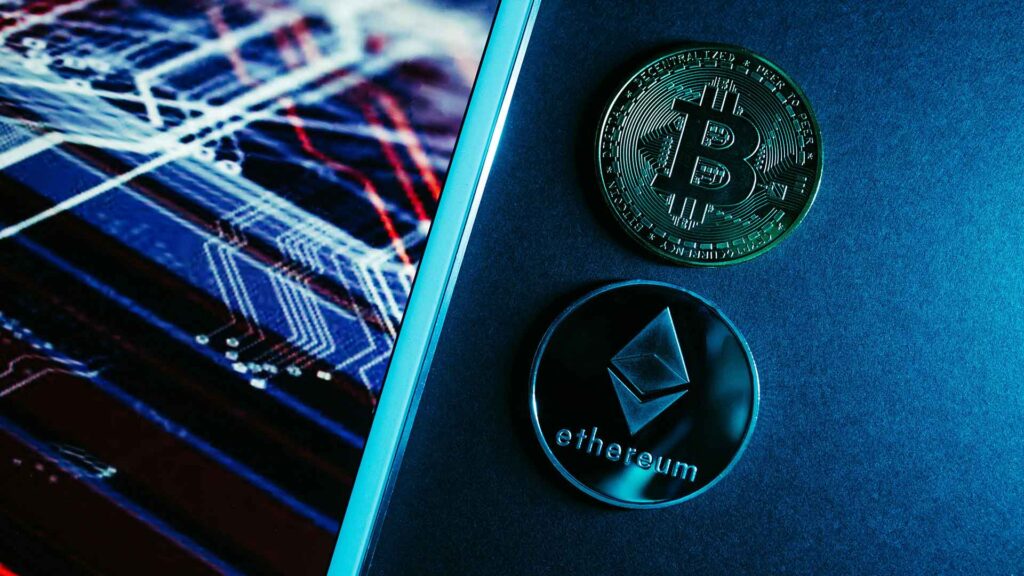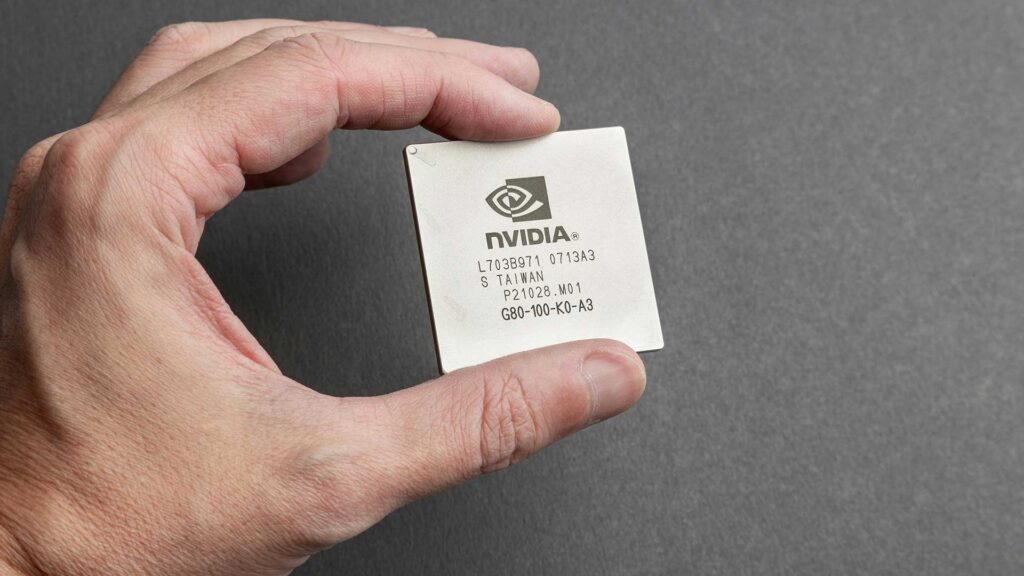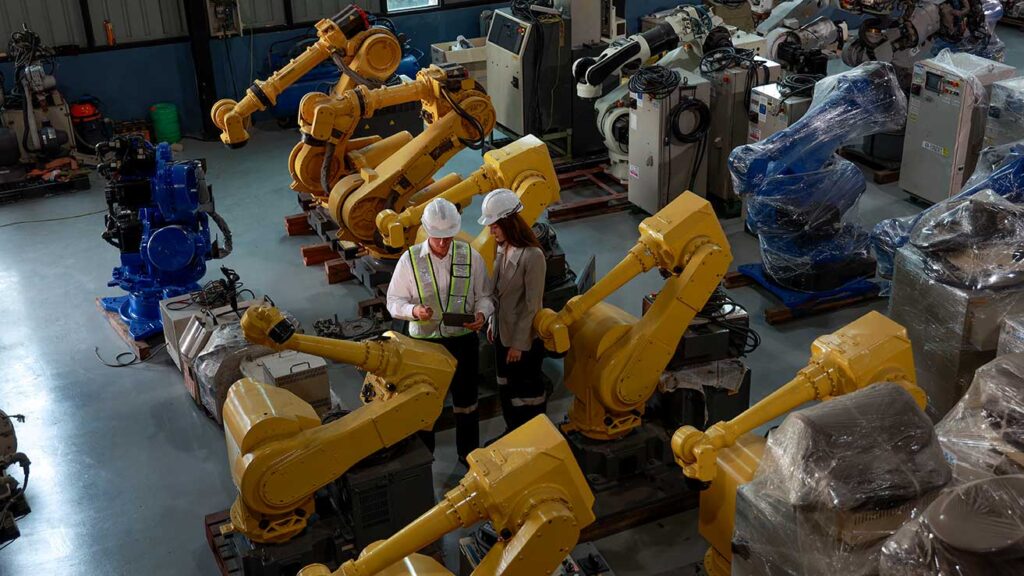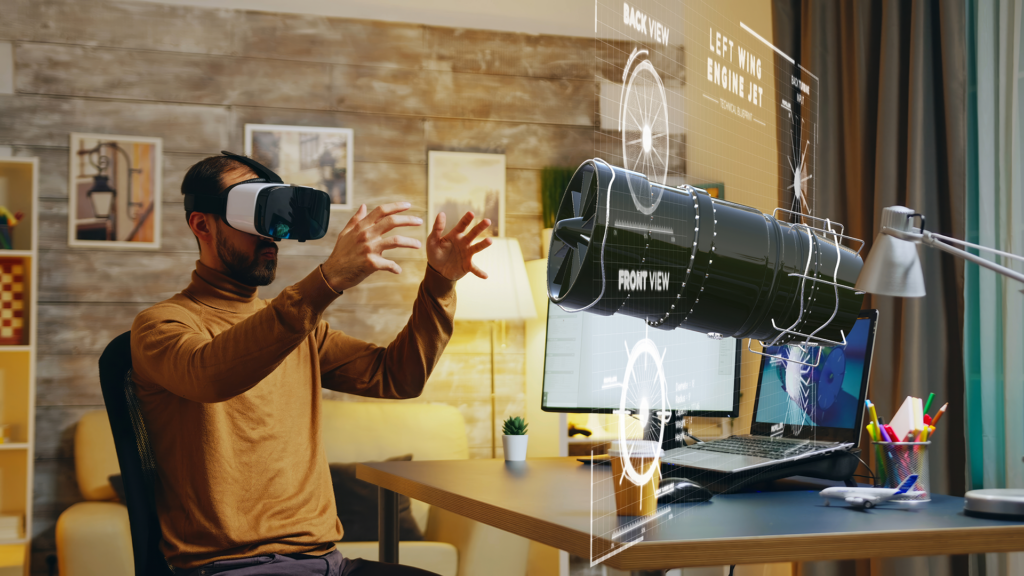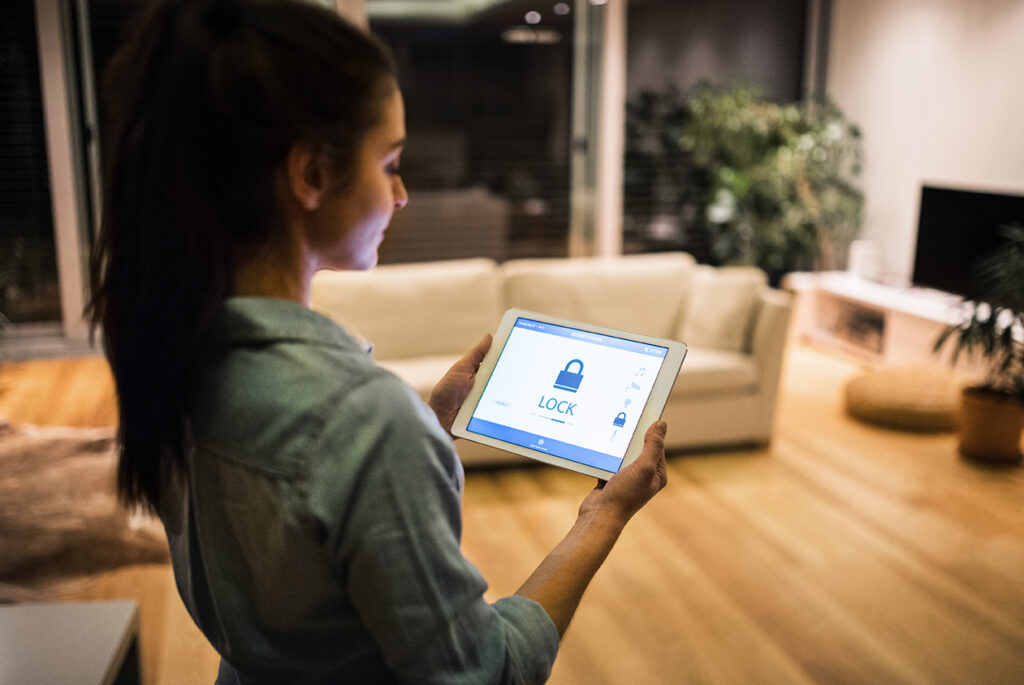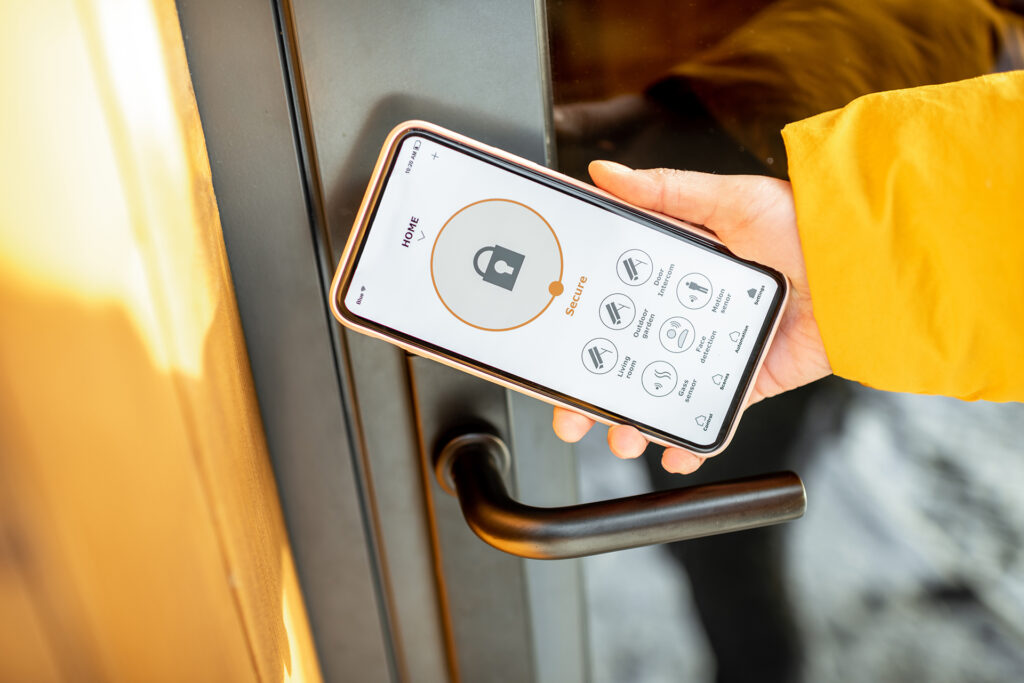Parental Control & Safety Features in Smart Devices: Protecting Kids in a Digital World

In today’s hyper-connected world, children are growing up surrounded by smart devices—smartphones, tablets, smart TVs, and even wearable tech. These devices offer incredible opportunities for learning, creativity, and entertainment, but they also come with risks. From exposure to inappropriate content to cyberbullying and data privacy concerns, the digital landscape can be a minefield for young users. This is where parental control and safety features in smart devices become essential, empowering parents to safeguard their children while fostering healthy tech habits. In this article, we’ll explore why digital safety matters, key parental control features, privacy considerations, the role of AI, top devices with robust safety tools, and how to balance security with independence. We’ll also look ahead to the future of child safety technology.
Key Parental Control Features
Modern smart devices come equipped with a range of parental control tools designed to give parents peace of mind. Here are the core features that make a difference:
Content Filters
Content filters block inappropriate websites, apps, or media based on age ratings or specific categories (e.g., violence, adult content). For example, platforms like Apple’s Screen Time and Google Family Link allow parents to restrict access to websites or content that doesn’t align with their values or their child’s age.
App Restrictions
Parents can control which apps their children can download or use. This is particularly useful for preventing access to social media platforms or games with in-app purchases. Many devices let parents approve app downloads remotely, ensuring only safe apps make it onto the device.
Time Limits
Screen time management tools help parents set daily or weekly limits on device usage. Features like “Downtime” on iOS devices block access to apps during designated hours, such as bedtime, while Android’s Digital Wellbeing offers similar functionality. These tools encourage healthy habits and prevent overuse.
Remote Monitoring Tools
Remote monitoring allows parents to track their child’s device activity from their own phone or computer. This includes viewing browsing history, app usage, and even location tracking for devices like smartwatches. Tools like Microsoft Family Safety and Qustodio provide detailed reports, helping parents stay informed without being intrusive.
These features collectively create a controlled digital environment, allowing kids to explore while staying within safe boundaries.
Privacy Matters
When it comes to children’s data, privacy is a top concern. Smart devices often collect data on usage patterns, location, and even voice inputs, raising questions about how this information is stored and used. Reputable companies prioritize child safety by adhering to strict regulations like the Children’s Online Privacy Protection Act (COPPA) in the U.S. or the General Data Protection Regulation (GDPR) in Europe. These laws mandate that companies obtain parental consent before collecting data from children under 13 and ensure data is encrypted and securely stored.
However, not all companies are equally transparent. Parents should look for devices and apps that offer clear privacy policies, minimal data collection, and options to disable features like targeted advertising. It’s also wise to check whether a device allows parents to manage data-sharing settings. For example, Amazon’s Fire Kids Tablets let parents control whether apps can access location or personal information. Staying vigilant about privacy settings and reading terms of service (even if tedious) can prevent unintended data exposure.
AI & Child Safety
Artificial intelligence is revolutionizing child safety in smart devices. AI-powered tools can analyze content in real-time to detect potential risks, such as cyberbullying, grooming, or exposure to harmful material. For instance, some platforms use natural language processing to flag inappropriate messages in chat apps or social media. AI can also adapt content filters dynamically, learning from a child’s usage patterns to refine restrictions.
Beyond content monitoring, AI enhances security by identifying suspicious activity, like unauthorized login attempts or phishing scams. Companies like Bark use AI to monitor texts, emails, and social media for signs of danger, alerting parents to potential issues. While AI isn’t foolproof, its ability to process vast amounts of data quickly makes it a powerful ally in keeping kids safe online.
Best Smart Devices for Safe Use
Not all smart devices are created equal when it comes to parental controls. Here’s a roundup of some of the best options available in 2025:
-
Amazon Fire Kids Tablets: Designed specifically for children, these tablets come with robust parental controls through Amazon Kids+. Parents can set time limits, filter content, and monitor activity remotely. The included one-year subscription to Amazon Kids+ provides access to age-appropriate books, games, and videos.
-
Apple iPad (with Screen Time): Apple’s Screen Time feature is a standout, offering granular control over app usage, content restrictions, and downtime scheduling. Parents can also set up Family Sharing to manage multiple devices and approve app purchases.
-
Samsung Galaxy Tab (with Kids Mode): Samsung’s Kids Mode creates a safe, child-friendly interface with customizable app access and time limits. Parents can also track usage and set educational goals.
-
Gabb Phone/Watch: These devices are built for kids, with no internet browser or social media apps. They include GPS tracking, texting, and calling, all manageable via a parent app, making them ideal for younger children.
-
Nintendo Switch (with Parental Controls): For gaming enthusiasts, the Nintendo Switch offers strong parental controls through a dedicated app. Parents can restrict game ratings, monitor playtime, and even pause gameplay remotely.
When choosing a device, prioritize those with intuitive parental control dashboards and regular software updates to address emerging threats.
Balancing Security with Independence
While safety is paramount, overprotective measures can stifle a child’s ability to learn and grow. The goal is to strike a balance—using smart tech to protect without micromanaging. Start by setting clear rules about device use, such as no screens during meals or bedtime. Involve kids in the process by explaining why certain restrictions are in place, which fosters trust and understanding.
Gradually loosen restrictions as children demonstrate responsibility. For example, allow older teens more flexibility with app choices while still monitoring for red flags. Tools like Google Family Link let parents adjust settings as kids age, ensuring controls evolve with their maturity. Open communication is key—regularly discuss online safety, encourage kids to report uncomfortable situations, and model healthy tech habits yourself.
Future Trends in Child Safety Tech
The future of child safety in smart devices is bright, with innovations poised to make digital environments even safer. Here are some trends to watch:
-
Biometric Security: Fingerprint or facial recognition can prevent unauthorized access to devices, ensuring only approved users (parents or kids) can unlock them. Some devices already integrate biometrics for parental control settings, and this is expected to expand.
-
AI-Assisted Monitoring: AI will become more proactive, predicting risks based on behavior patterns. For example, AI could alert parents if a child’s screen time spikes dramatically or if they visit high-risk websites repeatedly.
-
Blockchain for Privacy Protection: Blockchain technology could decentralize data storage, giving parents more control over their child’s data. This would make it harder for companies to misuse or lose sensitive information.
-
Augmented Reality (AR) Safety Tools: As AR devices gain popularity, parental controls will adapt to monitor virtual environments, ensuring kids don’t encounter harmful content in immersive spaces.
These advancements promise to make smart devices safer and more intuitive for families, but they’ll also require parents to stay educated about new risks and tools.
Conclusion
As children navigate an increasingly digital world, parental control and safety features in smart devices are vital for their protection. From content filters and time limits to AI-driven monitoring and privacy safeguards, today’s devices offer powerful tools to create a secure digital environment. By choosing devices with robust controls, staying informed about privacy practices, and balancing security with independence, parents can empower their kids to use technology responsibly. Looking ahead, innovations like biometric security and blockchain promise even greater protection, ensuring kids can explore the digital world with confidence and safety.


 English
English 
































